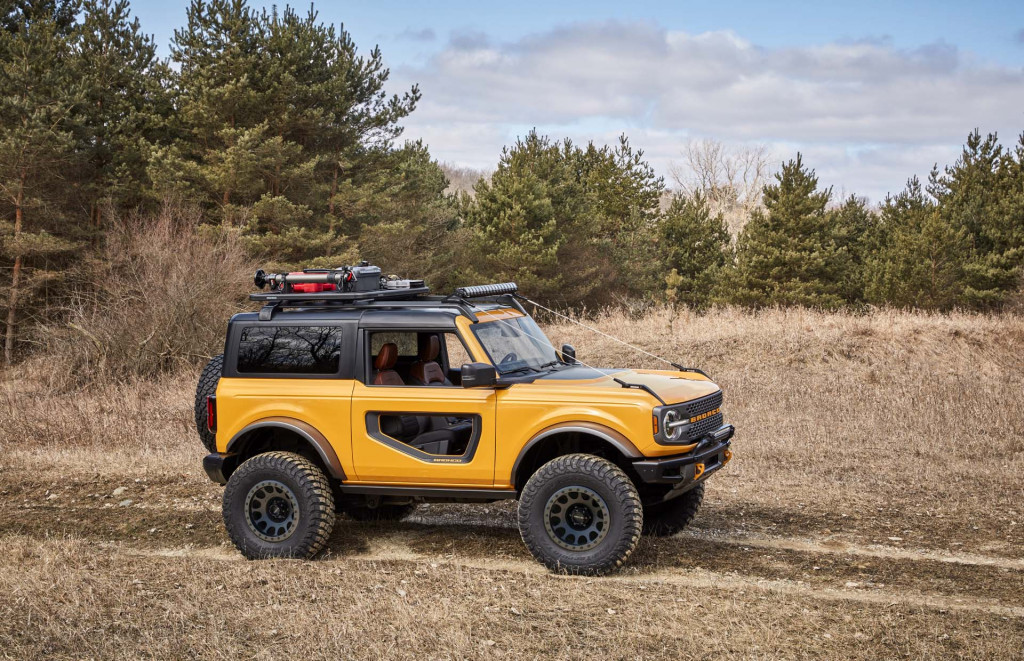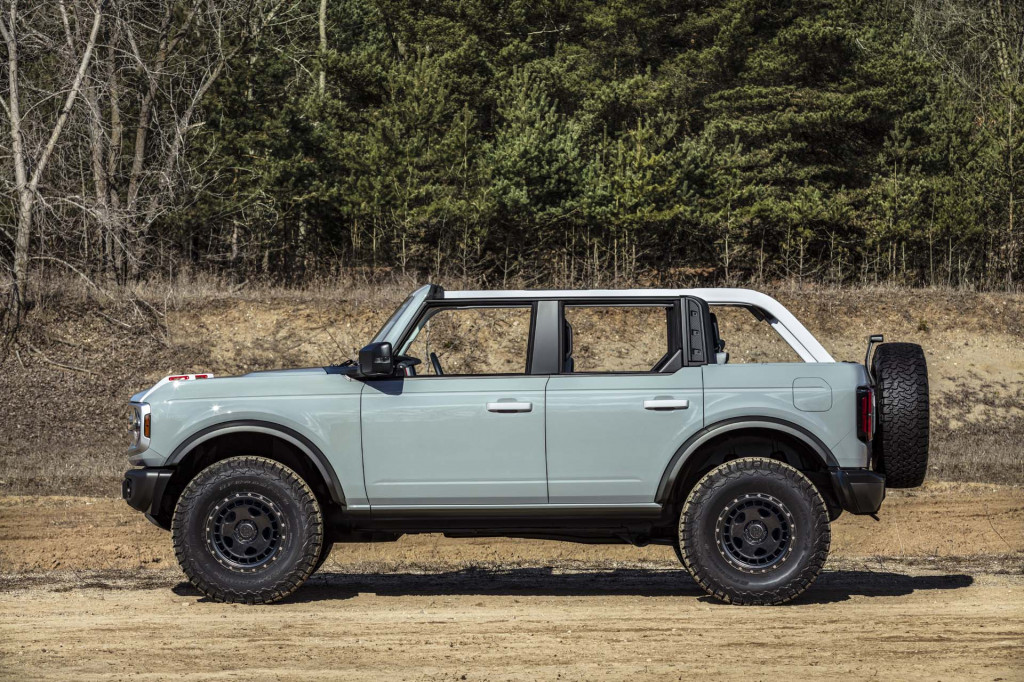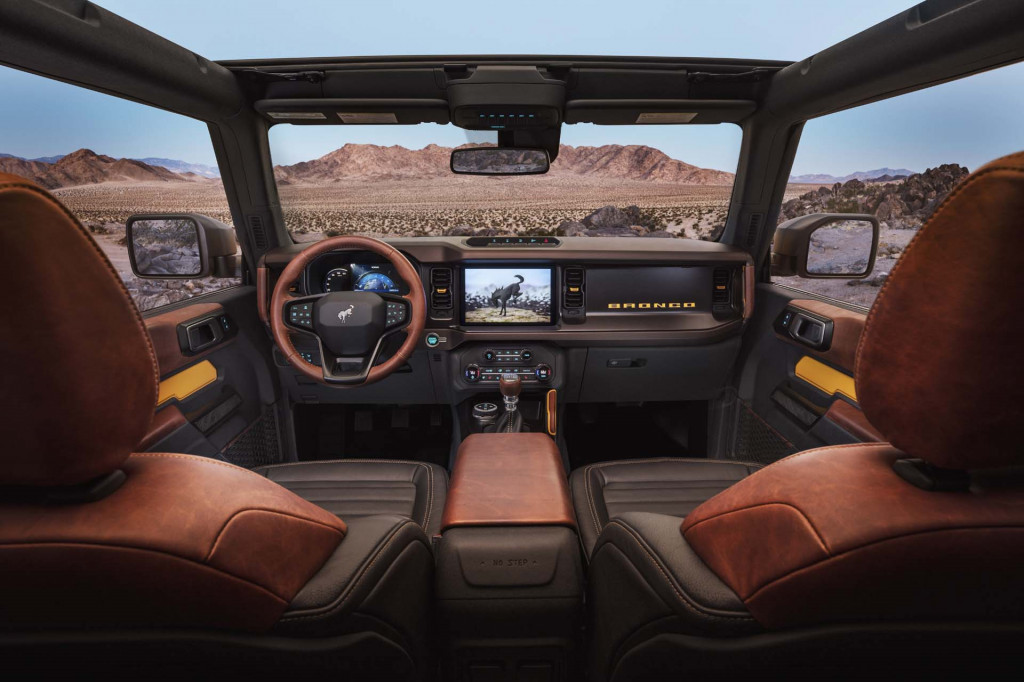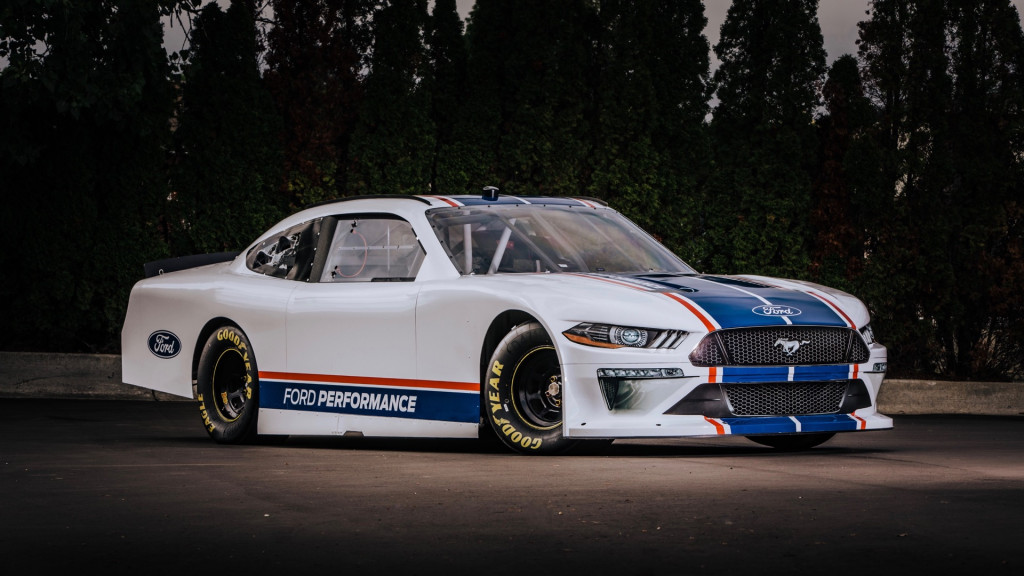Lincoln’s the last luxury brand standing in Ford’s orbit, and the Blue Oval has a roadmap for the historic brand.
On Wednesday the future of Lincoln was laid out with four new electric vehicles on the way, a lineup of electrified choices by 2030, a hands-free driver assistance system, Lincoln boutiques, charging network agreements, and a focus on China. Here’s where Lincoln’s going.
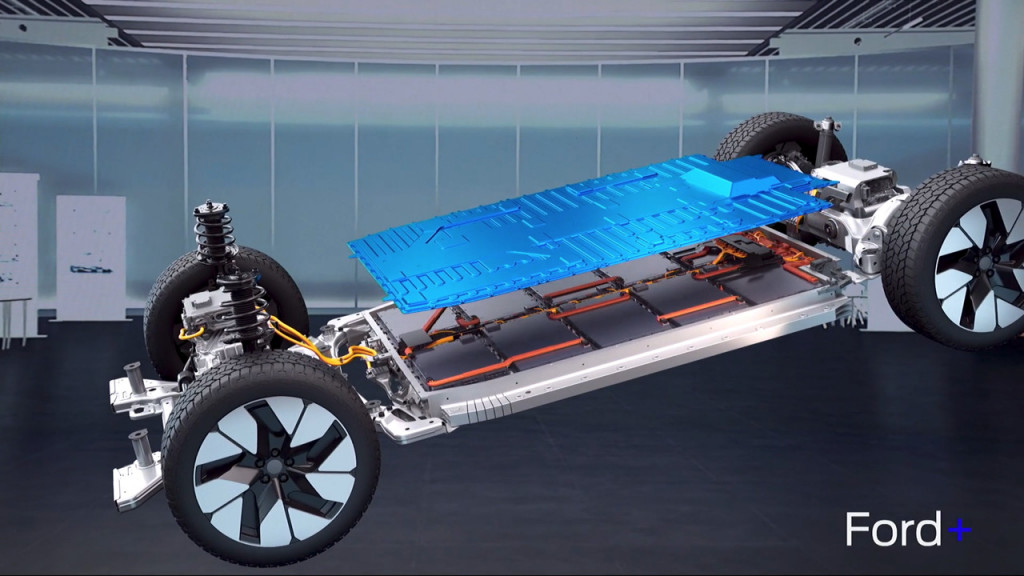
Ford uni-body EV platform for mid-decade
In 2022 the first electric Lincoln will arrive, the first of four new vehicles, and it will ride on a new flexible electric vehicle architecture. One of two new dedicated EV platforms being developed by Ford. The first electric vehicles will be based on the automaker’s current anchor products with derivatives to come. Ford said an electric Ford Explorer is on the way during the automaker’s Capital Markets day in May, and used an Aviator as an example of another potential EV. The two new EV platforms being developed by Ford are capable of underpinning smaller crossover SUVs and full-size body-on-frame trucks, all part of the automaker’s more than $30 billion investment into electrification by 2025.
Despite the new four electric vehicles, plug-in hybrids are an important step in the transition to electric vehicles, according to Lincoln. The automaker plans to electrify its entire lineup by 2030—meaning plenty of hybrids and plug-in hybrids—and predicts half its global vehicle sales will be electric in about five years.
Lincoln’s partnered with Electrify America, along with other charging networks, to create the Lincoln Charging Network. A plug-and-play experience for owners similar to what Ford’s set up for the Mustang Mach-E, though it will be managed via the Lincoln Way smartphone app.
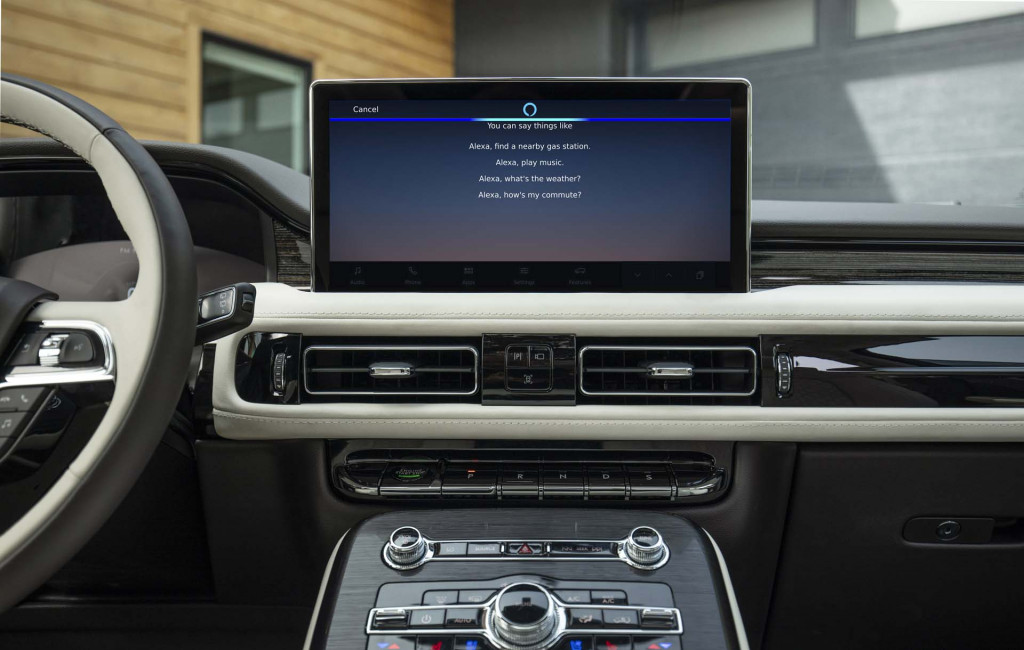
Lincoln Nautilus_Alexa Built-In via Lincoln Enhance
Future Lincolns will be connected cars with always-on technology based on a new electrical architecture and cloud-based computing with a tech stack based on Google’s Android operating system. Over-the-air updates will enable new features and functional upgrades. A version of Ford’s BlueCruise Level 2 hands-free driver assistance system will be rebranded Lincoln Active Glide and available on future models. Hands-free Alexa will arrive on Lincoln models this fall.
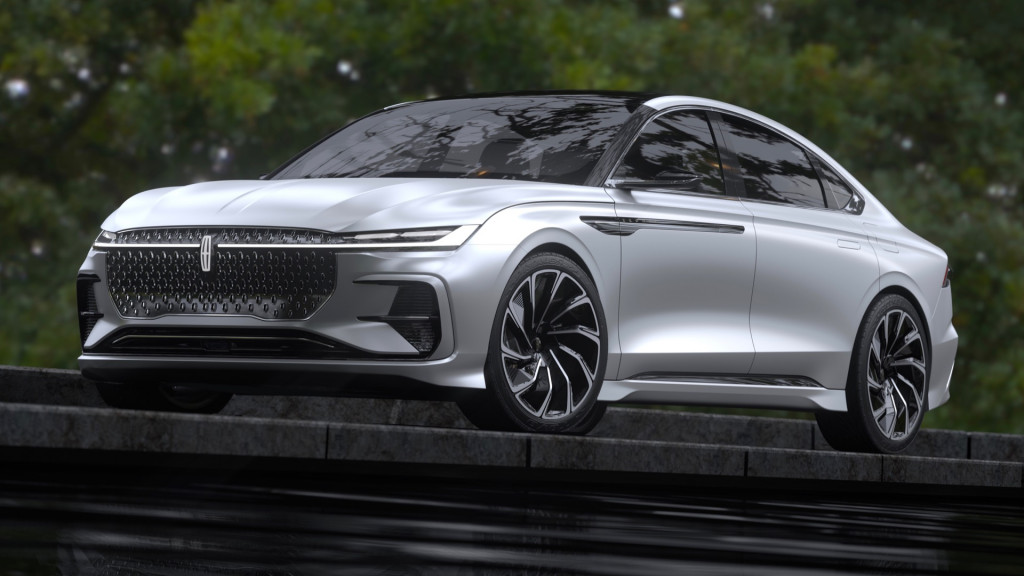
Lincoln Zephyr Reflection concept
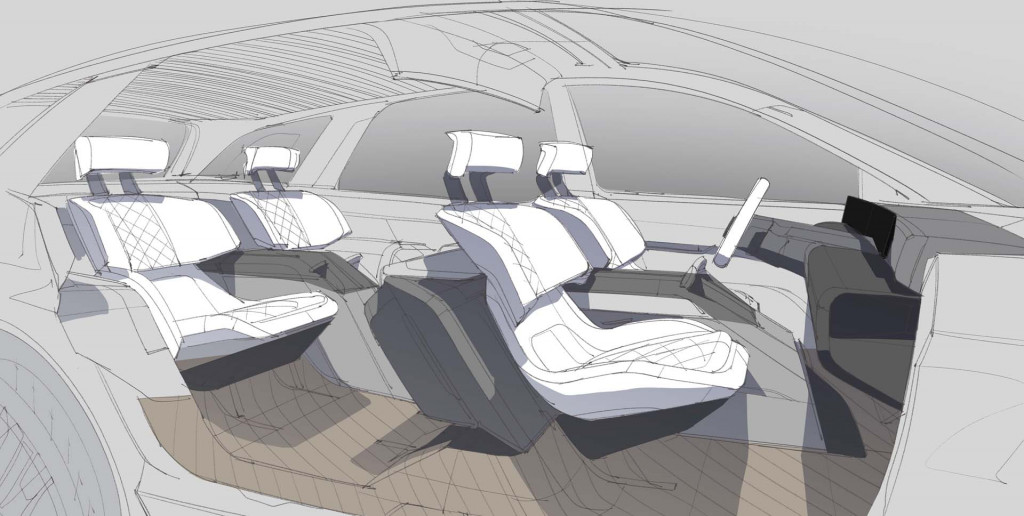
Lincoln Sketch_Interior Space

Lincoln Sketch_Interior Sanctuary
While the Lincoln Zephyr Reflection concept shown in April at the Shanghai auto show won’t be coming to the U.S. it gives an indicator of the automaker’s future design direction, global design director Kemal Curic said. Minimalist body panels, lighting element across the entire front end connecting the headlights, and large glass roofs to allow natural light into the cabin will potentially define future Lincolns. Inside, future models will feature coast-to-coast screens that will include various themes to reflect the driver’s mood.
Lincoln is looking to offer personalized services and benefits for its customers. It’s testing mobile and vehicle detailing and or cleaning via a subscription service in Houston, Texas, and might expand or scale the test beyond the Lone Star state.

Lincoln boutiques and dealerships
One of three Lincoln sales take place remotely via the automaker’s remote sales platform. It will double down on this and build out a start-to-finish experience on Lincoln.com, including financing, trade-in, accessories, and fees. Executives told Motor Authority this is not a direct-sales approach and will still go through local dealerships.
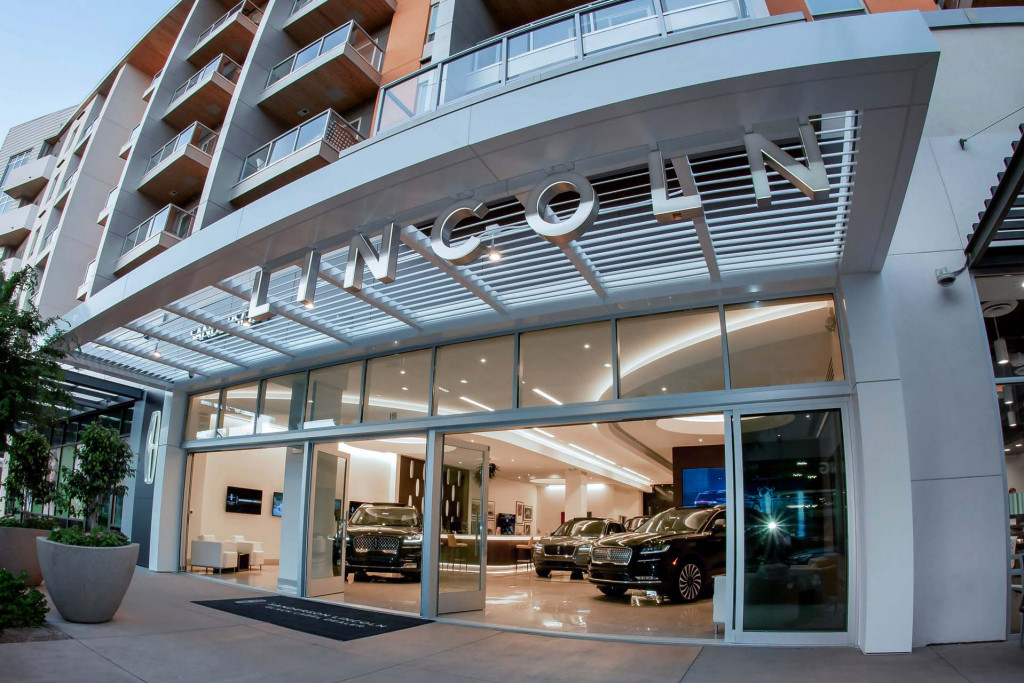
Lincoln boutiques and dealerships
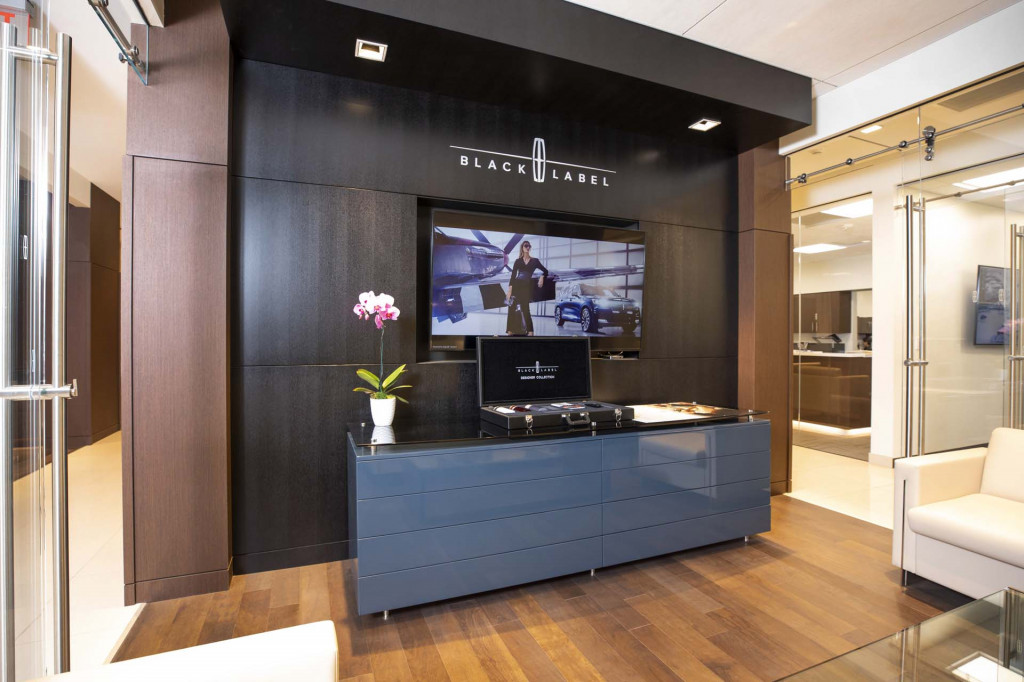
Lincoln boutiques and dealerships
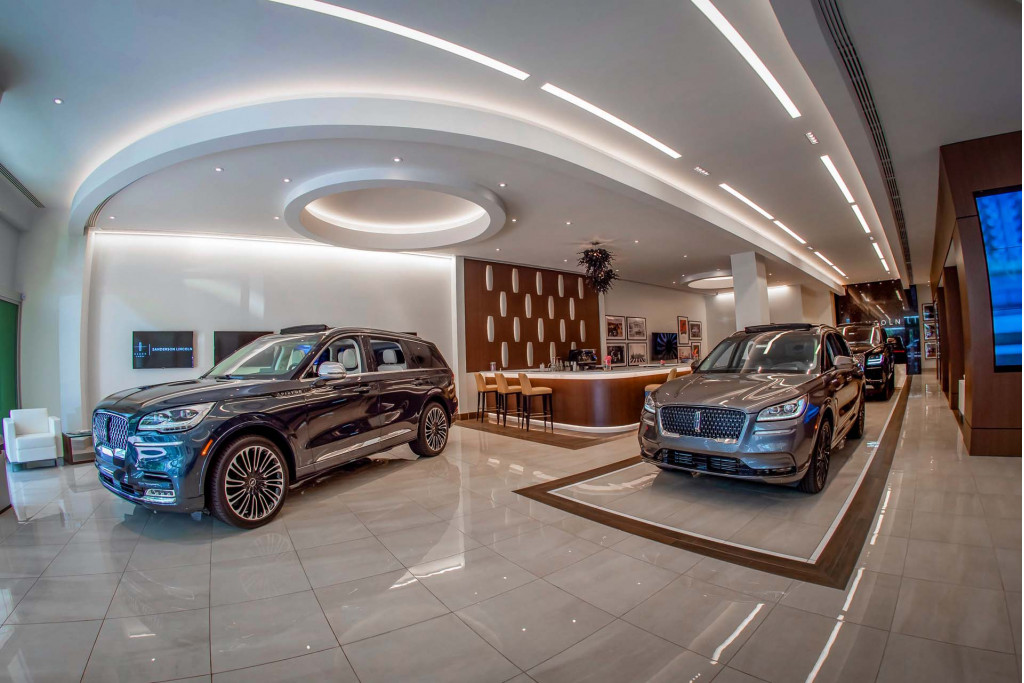
Lincoln boutiques and dealerships
To reach new and existing customers in new ways, boutiques called Vitrines are being created in locations outside of traditional dealerships. These boutiques will be placed in high-end retail and dining locations and there designs are inspired by glass display cases. Customers can stop in to view vehicles in a lifestyle retail-free environment.

